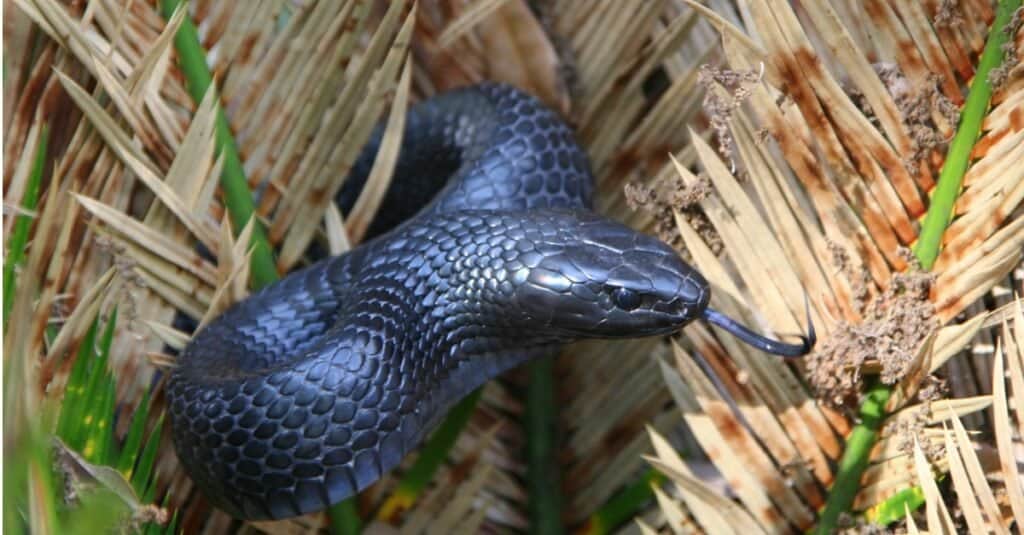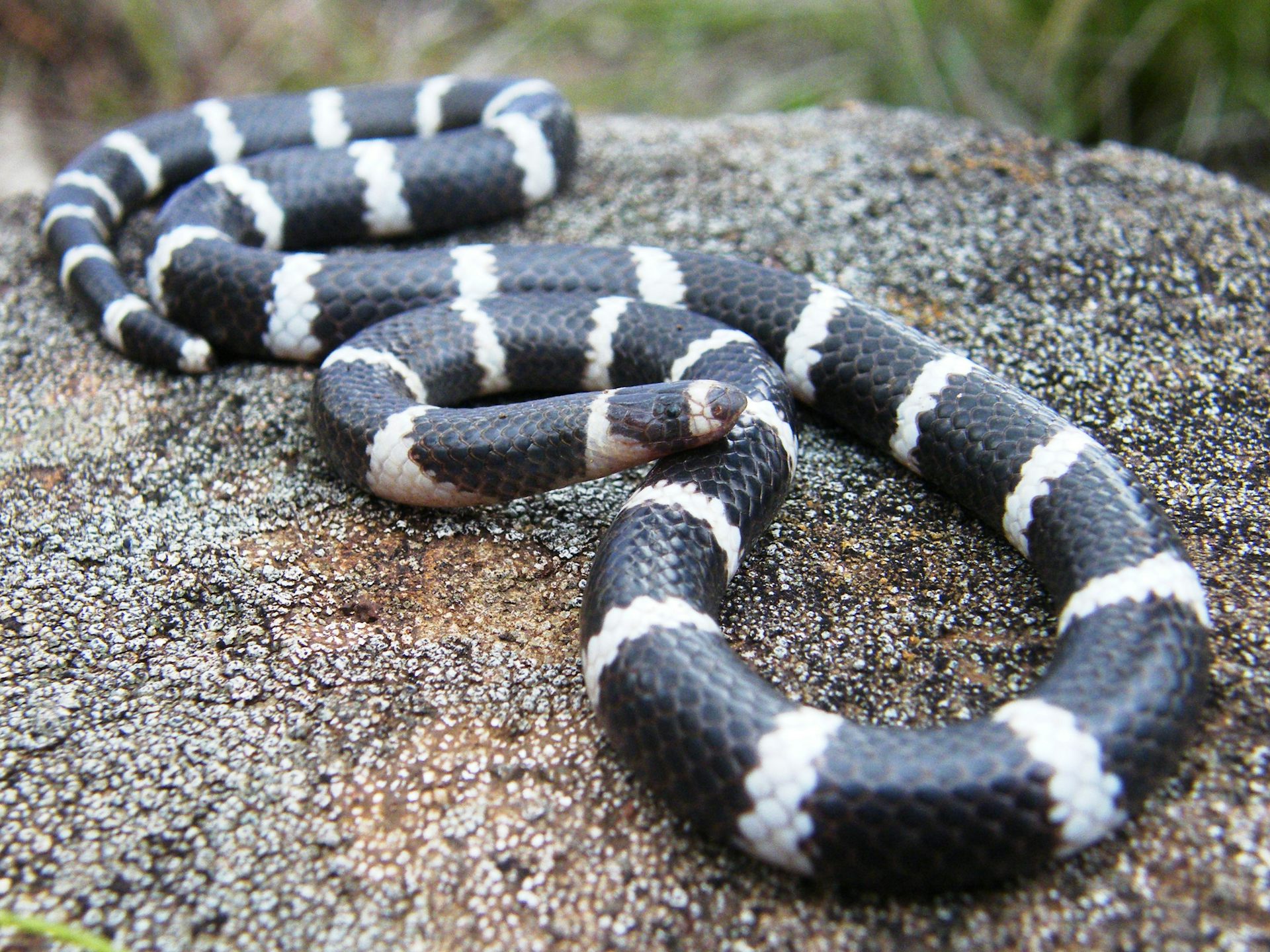Introduction
Australia is renowned for its special wild animals, consisting of a varied range of venomous serpents. These creatures, while often feared, play critical roles in preserving eco-friendly equilibrium. Understanding the preservation of Australia's poisonous serpents and the function that education and learning and recognition play can considerably improve our coexistence with these fascinating reptiles. This write-up explores various facets of serpent preservation, the significance of public education and learning, and functional emergency treatment measures for snake bites.
Conservation of Australia's Venomous Snakes: The Duty of Education And Learning and Awareness
In Australia, serpents are an essential part of the ecological community, managing bug populations and adding to biodiversity. Nevertheless, numerous types face dangers because of environment loss, environment modification, and human task. The conservation efforts aimed at shielding these reptiles pivot substantially on education and elevating recognition amongst the public.
By notifying individuals about serpent habits, their environmental value, and safe techniques for cohabiting with them, we can minimize fear-driven actions that bring about unneeded murders or injuries. Educational initiatives aid eliminate myths bordering serpents-- such as the typical inquiry: are tiger snakes venomous?-- and motivate regard for their function in nature.
The Importance of Awareness Programs
Awareness programs are necessary in changing public assumptions regarding serpents. Several individuals watch these reptiles as naturally dangerous without understanding their eco-friendly duties. Public outreach efforts can include workshops, area events, school programs, and details campaigns developed to enlighten individuals regarding:
- Identification of venomous species: Understanding which snakes threaten helps people prevent encounters. Safe behaviors: Training people exactly how to act around serpents can prevent bites. First help knowledge: In instances where bites do occur, being educated about emergency treatment for serpent attacks can conserve lives.
By boosting awareness with structured education and learning efforts, we can cultivate a culture that respects wild animals and focuses on conjunction instead of fear.
Types of Venomous Snakes Found in Australia
Australia is home to some of the globe's most poisonous snakes. Here's a short review:

- Commonly found in coastal regions. Known for its potent neurotoxic venom. Frequently seen near water bodies.
- Highly hostile with powerful venom. Responsible for more snakebite casualties than any various other species in Australia.
- Known for its ambush searching style. Has swift striking speed with highly neurotoxic venom.
- One of Australia's largest poisonous snakes. Its bite can supply huge amounts of neurotoxin.
- Generally non-aggressive however still has hazardous venom. Found primarily along the southwestern coast.
Understanding Their Habitats
Understanding tiger serpent habitat is necessary for both preservation initiatives and public safety. Tiger serpents prosper in locations near to water sources such as swamps, lakes, and marshes yet they also populate coastal areas. Protecting these environments is vital for guaranteeing the survival of not keelback snake australia only tiger serpents yet also various other wildlife within these ecosystems.

Habitat Protection Initiatives
Various companies work towards habitat security via initiatives such as:
- Establishing safeguarded areas Restoring weakened habitats Promoting lasting land usage practices
These determines not just benefit tiger serpents but add to total biodiversity conservation.
The Duty of Research in Preservation Efforts
Research plays a critical function in comprehending serpent populaces and their health standing. Recurring First aid for snake bite research studies right into the ecology and actions of Australian snakes notify conservation methods by offering data on populace numbers, breeding patterns, and risks faced by different species.
Key Research Areas Include:
- Venom analysis Population dynamics Habitat preferences
This study can assist efficient management strategies to protect at risk varieties while helping with coexistence with humans.
First Aid for Snake Bites: Important Knowledge
One essential element that intertwines with education and learning is understanding what to do in instance one struggles with a serpent bite-- a situation that demands instant response skills.
What Every Emergency treatment Kit Need To Contain
An appropriate serpent bite first aid package need to include:
- Compression bandages Sterile gauze pads Antiseptic wipes A splint or immobilization device Emergency get in touch with numbers
Step-by-Step First Aid Treatment for Serpent Bite
Remain calm; try to restrict movement as it may spread out venom quickly. Apply a compression bandage above the bite website without removing circulation. Keep the bitten arm or leg incapacitated at or listed below heart level. Seek emergency situation clinical assistance immediately.Why Education and learning on Emergency treatment Is Crucial
Educating neighborhoods regarding emergency treatment steps makes sure prompt feedbacks during emergencies which can dramatically lower morbidity connected with serpent attacks across Australia.
Frequently Asked Concerns (Frequently asked questions)
1. Are tiger snakes venomous?
Yes! Tiger snakes are extremely poisonous with neurotoxic effects which make prompt medical treatment necessary after a bite.
2. What need to I do if attacked by an infant tiger snake?
Follow requirement first aid procedures right away-- keep calm, incapacitate the limb, apply stress over the bite site making use of a bandage or cloth without restricting blood flow-- and seek clinical assistance without delay.
3. How typical are serpent attacks in Australia?
While stats vary year-to-year as a result of variables like climate condition affecting snake activities; average records suggest around 300 instances yearly with casualties being relatively rare as a result of better clinical responses.
4. Can I treat a serpent bite at home?
No! Home therapies such as using ice or drawing out poison are ineffective; specialist clinical interest is needed after any type of believed bite incident.
5. What's unique concerning eastern brown snakes?
They're understood for their aggressive nature integrated with potent venom; they account for most fatal bites Common tree snake bite in Australia due largely to their closeness to booming areas!
6. What are some typical signs complying with a snake bite?
Symptoms may include swelling around the bite location, discomfort at or near the website; systemic signs and symptoms can include nausea or trouble breathing depending upon toxin type absorbed into bloodstream!
Conclusion
Conservation initiatives surrounding Australian venemous snakes rest on reliable instructional strategies that empower neighborhoods while fostering respect in the direction of these often-misunderstood animals! By boosting awareness regarding their ecological value along with proper security protocols-- including first aid knowledge-- we pave roads towards sustainable coexistence profiting both people & & wild animals alike!
In essence-- the discussion surrounding conservation has to continue thriving with positive involvement marrying clinical study along with neighborhood involvement guaranteeing significant effect today & & tomorrow!
